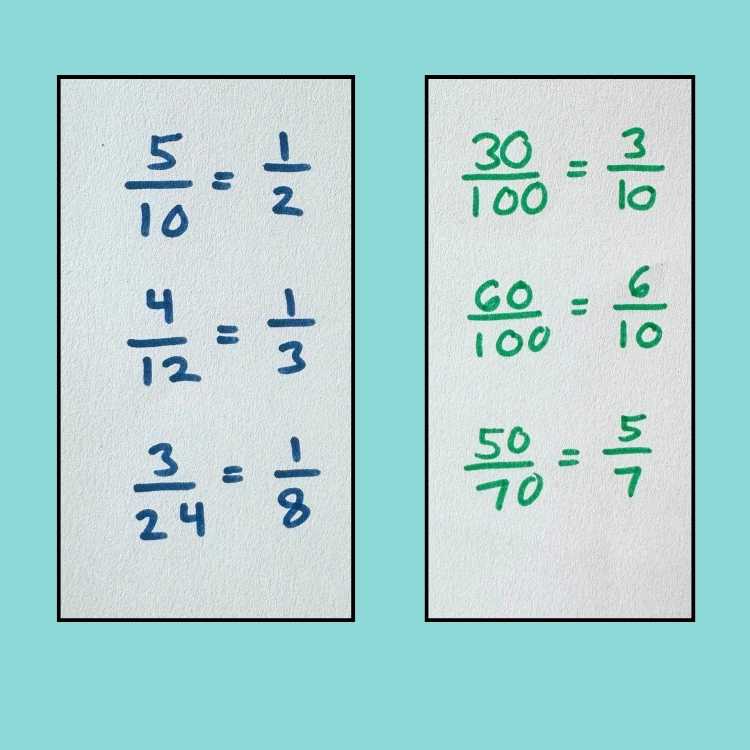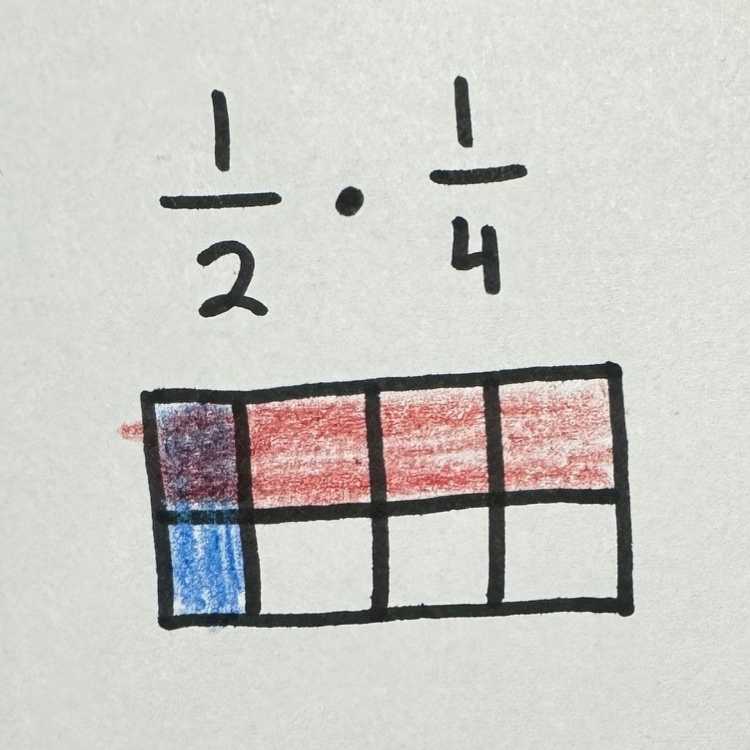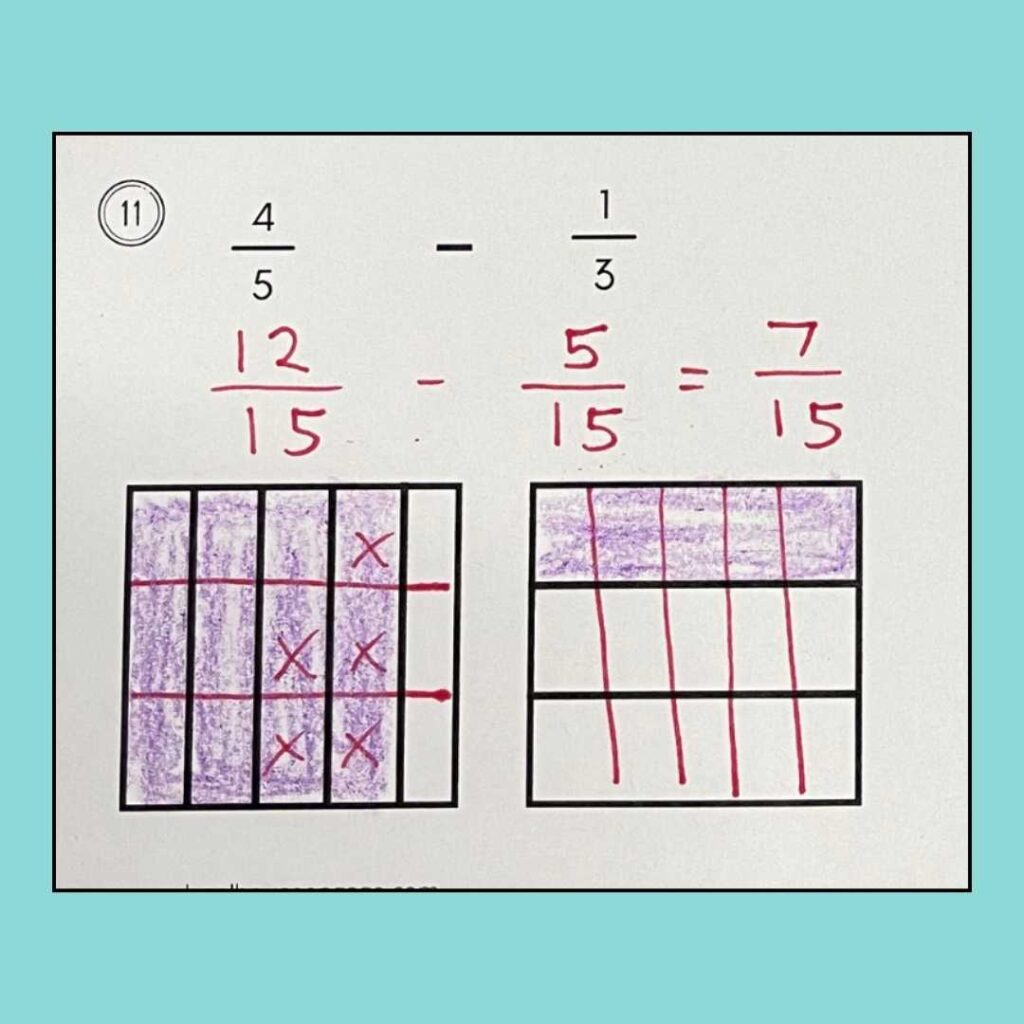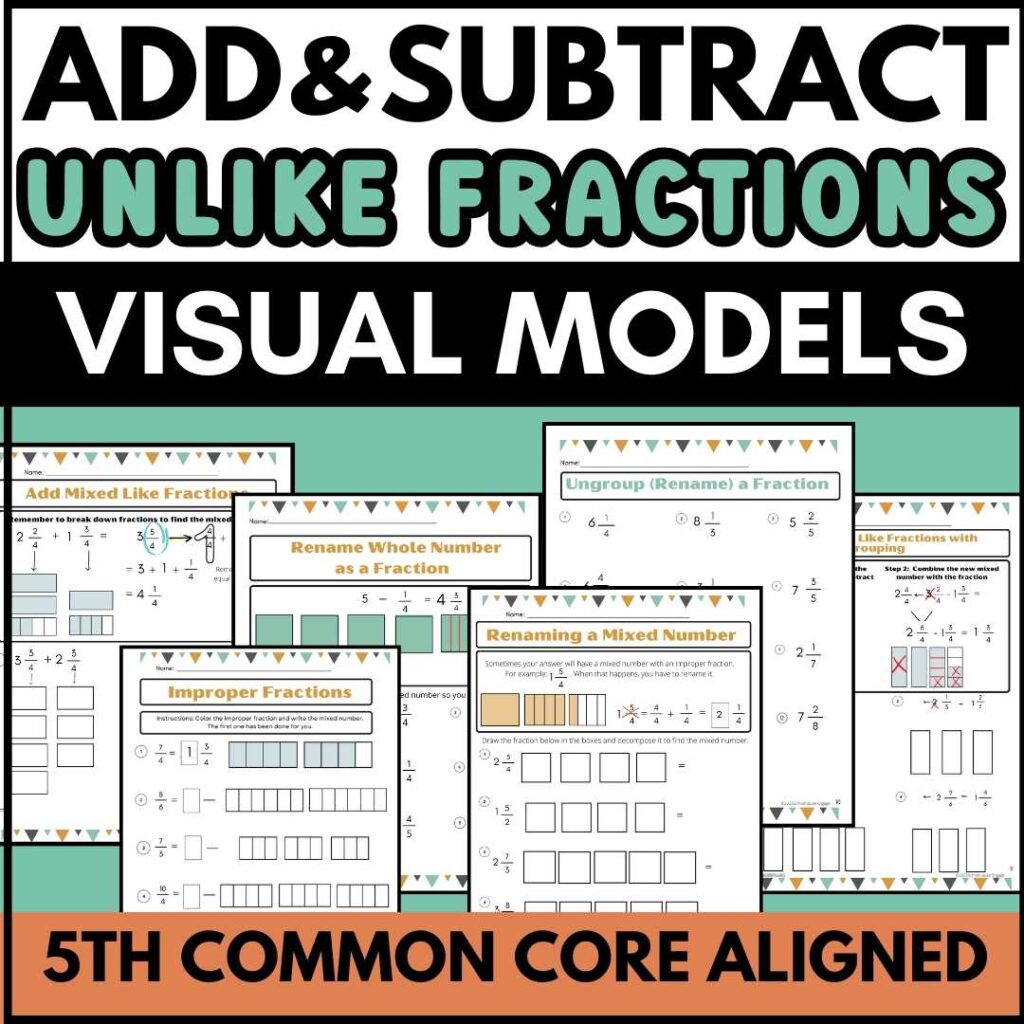Working at a Title 1 inner-city school, where many of my students are English Learners has taught me a thing or two about working with striving learners.
Some of my students are 2 years or more behind in the core subjects of reading and math.
How do you differentiate your instruction for these students while dealing with the daily demands of lesson planning and teaching? Here’s how.
Tips for Struggling Math Students in 5th-grade
Color Coding in Math Instruction
Color coding is especially useful for math and writing instruction. When writing on your Viewboard, change the color of your writing tool when doing different examples of math problems or to show how problems are solved in different ways. This helps students to focus on one problem at a time and limits confusion.

Color coding works too with fractions. For example, if you are working on multiplying fractions, your students will benefit from seeing the fractions in different colors. In the example below, we first draw 1/4 in blue because it’s easier to understand that you are taking 1/2 of 1/4. I will even color 1/4 and 1/2 separately so they see that both fractions are on top of each other. Where you see two colors is the answer to the problem: 1/8.


Teach New Concepts with Simple Numbers
When you start teaching a new concept, keep your examples and problems you do together simple. For example, on the first day, you are teaching how to change an improper fraction to a mixed number, using single-digit numbers.
You shouldn’t give students a problem like 143/6. That can be for later lessons when your students have a solid understanding of how to do the problem. Textbooks often include challenging problems on the first day of instruction.
So create your own problems so that you give your striving learners some practice with simple problems and slowly build up to more advanced problems.

Modify the Work to Suit Individual Needs
Has this happened to you? You are teaching a new math concept. You have shown examples and you and your students have done a bunch of practice problems together.
They seem ready to complete independent work from the textbook. When you assign it, you see your striving learners struggling with problems that are way too difficult for them.
It’s so annoying! Seriously, who do these publishers hire to write these math problems? Always take a look at the problems students will complete during their independent work in advance.
If you know problems are way above the level of your striving students, have them skip them. Only do this with your striving students, because your on-grade level kids will need the challenge.
Also, don’t embarrass them by saying John, Gina, and David don’t have to do problems # 4, #6, and #9. Be discrete. Call those students up to your desk, or walk over to where they are sitting. Frame it positively: “I only want you to do these problems” instead of “Don’t do these”.

Show an Example of How to Do Problems for Assignments
When you give an independent assignment to your striving students or EL students, always do a few examples together. Aim for 3.
Striving learners oftentimes have anxiety about completing assignments and need the confidence to get it done. When you do a few examples in math especially, it lowers their affective filter. Students will see the pattern of how to solve those problems.
Provide Visual Models for Complex Concepts
Fractions
Fractions are a big deal in 5th grade. There is so much to it. Striving learners need a lot of visual models to help them understand how to:
- Change an improper fraction to a mixed number and vice versa
- Find a common denominator when adding and subtracting unlike fractions
- Subtract mixed numbers with regrouping
- Add like fractions that result in a fraction greater than one
- Multiply a fraction by a fraction
- Multiply a unit fraction with a whole number

Before you move into solving equations with only numeric representation, make sure your students know how to solve problems with visual models.
To read more about how I teach my students to add and subtract unlike fractions with visual models, read my other blog post.

Long Division
Educators who still teach the standard algorithm without teaching students the true meaning of long division with base tens blocks are making a huge mistake.
Level the playing field and teach all your students first the meaning of long division by using the area or box method and base tens blocks.
Don’t have base tens blocks, get this FREE digital version of how to divide with base tens blocks. Once students get the practice, just draw the base tens blocks.
Are you unfamiliar with how to do long division with the area/box method using base tens blocks? In this video, I explain exactly how to do it in layman’s terms.
Once your student understands how to divide with base tens blocks, move on to teaching the algorithm or “short cut”.
If the shortcut is developmentally out of reach for your striving students, then they always have the area or box method to go back to. Read my blog post about how to do the area/box method visually using base tens blocks drawings.
Often students who struggle with algorithm problems will be able to solve the same problems if they draw them out. Let your students know that that is always an option. It doesn’t matter how they solved the problem, what matters is that they get it right!
Use Math Mnemonics to Aid Memory Retention
Mnemonics are a great way to help your striving learners remember the steps to solve problems. I’ve written a whole article about some tried and true mnemonics I’ve heard and invented throughout the years. Click HERE to read.
It can be frustrating working with striving learners who seem to just not “get” what you teach. But with a few modifications and creativity, they will progress.
Review Math Concepts Daily
Struggling math students need daily review. Include daily questions that review past material in your math lesson.
You can do a “warm-up” before your actual lesson by quickly writing math problems on the board. Most math publishers will have a “Review” or “Remembering” worksheet. Use it!
With the right support, all students can make progress. Math doesn’t need to be a struggle. Work with your students at their level on focus on simple problems so that they feel successful. You got this! Giselle

